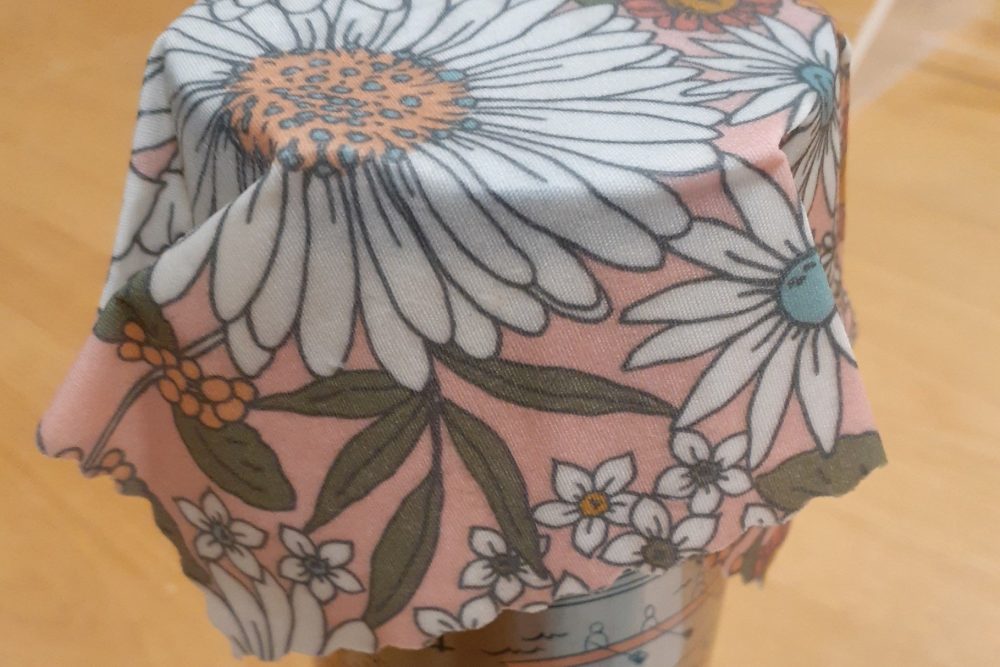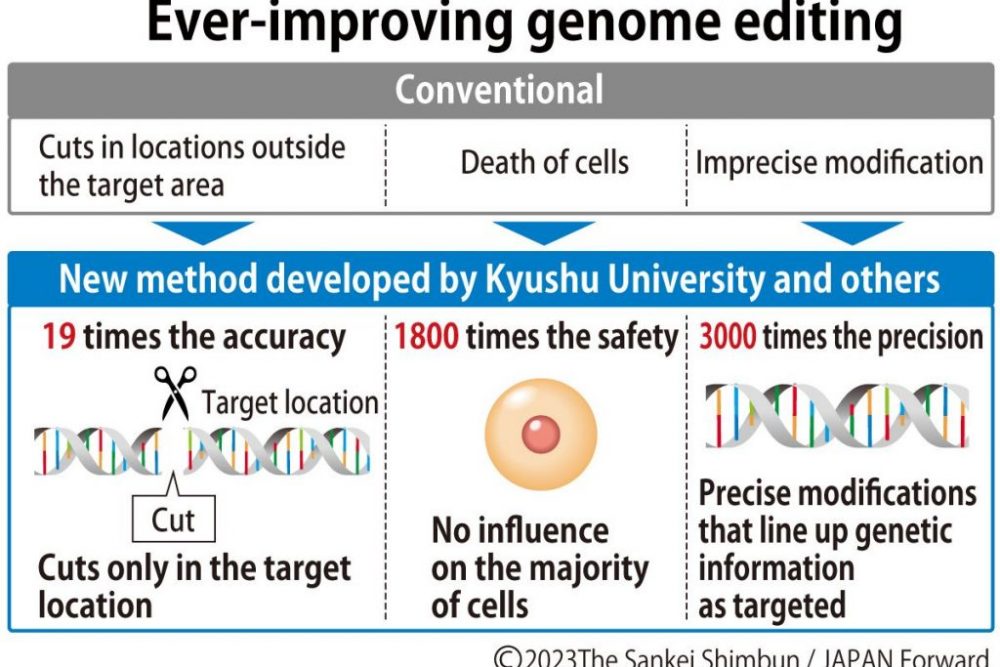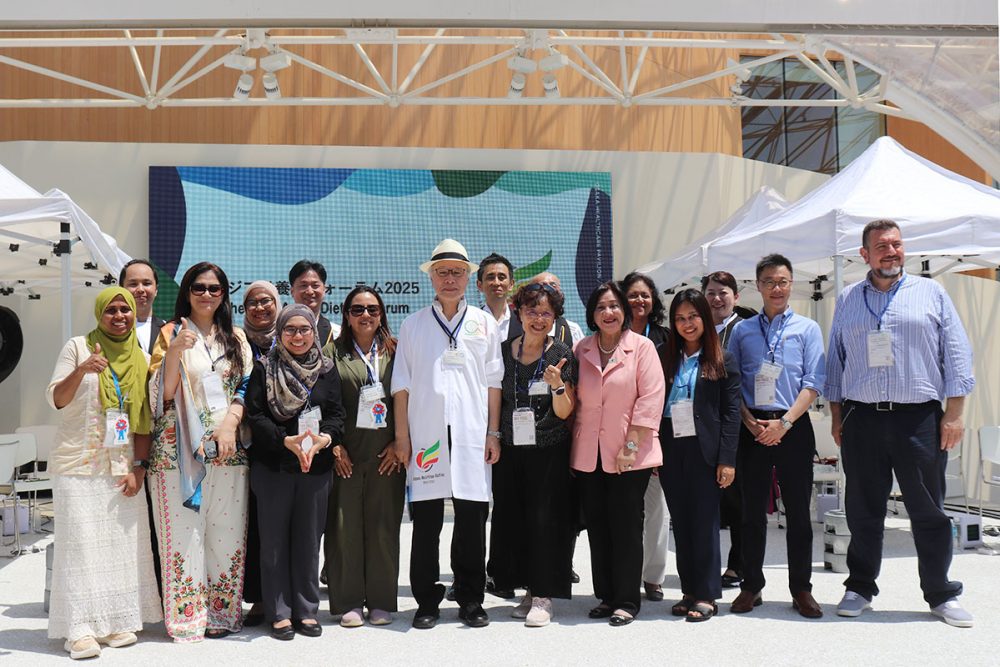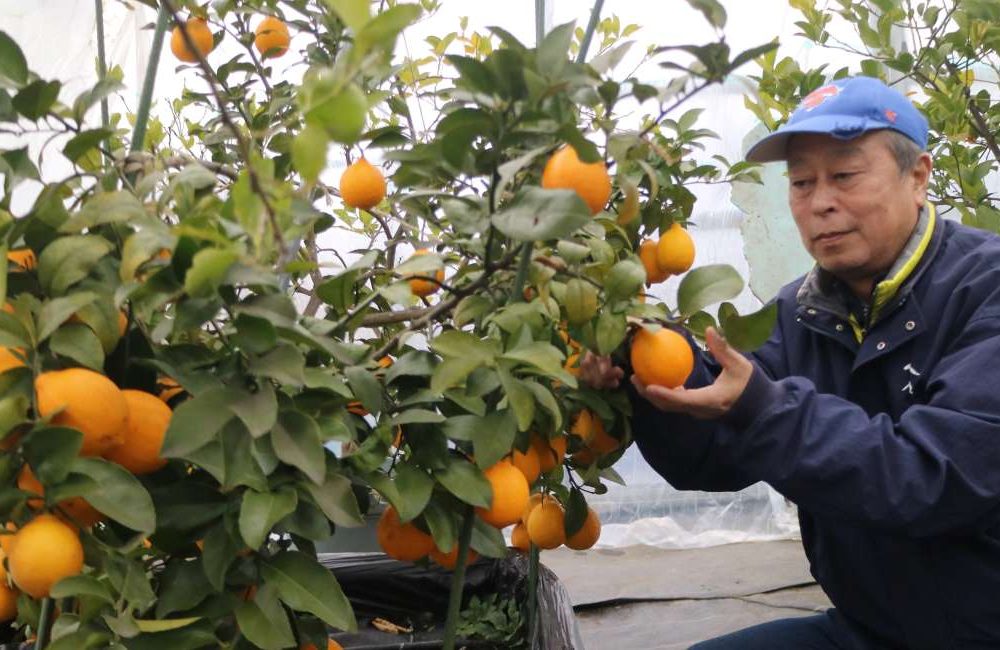Nanoplastics Detected in Human Blood for the First Time in Japan
An alarming study has for the first time revealed the presence of nanoplastics and related toxic chemicals in human blood samples in Japan.
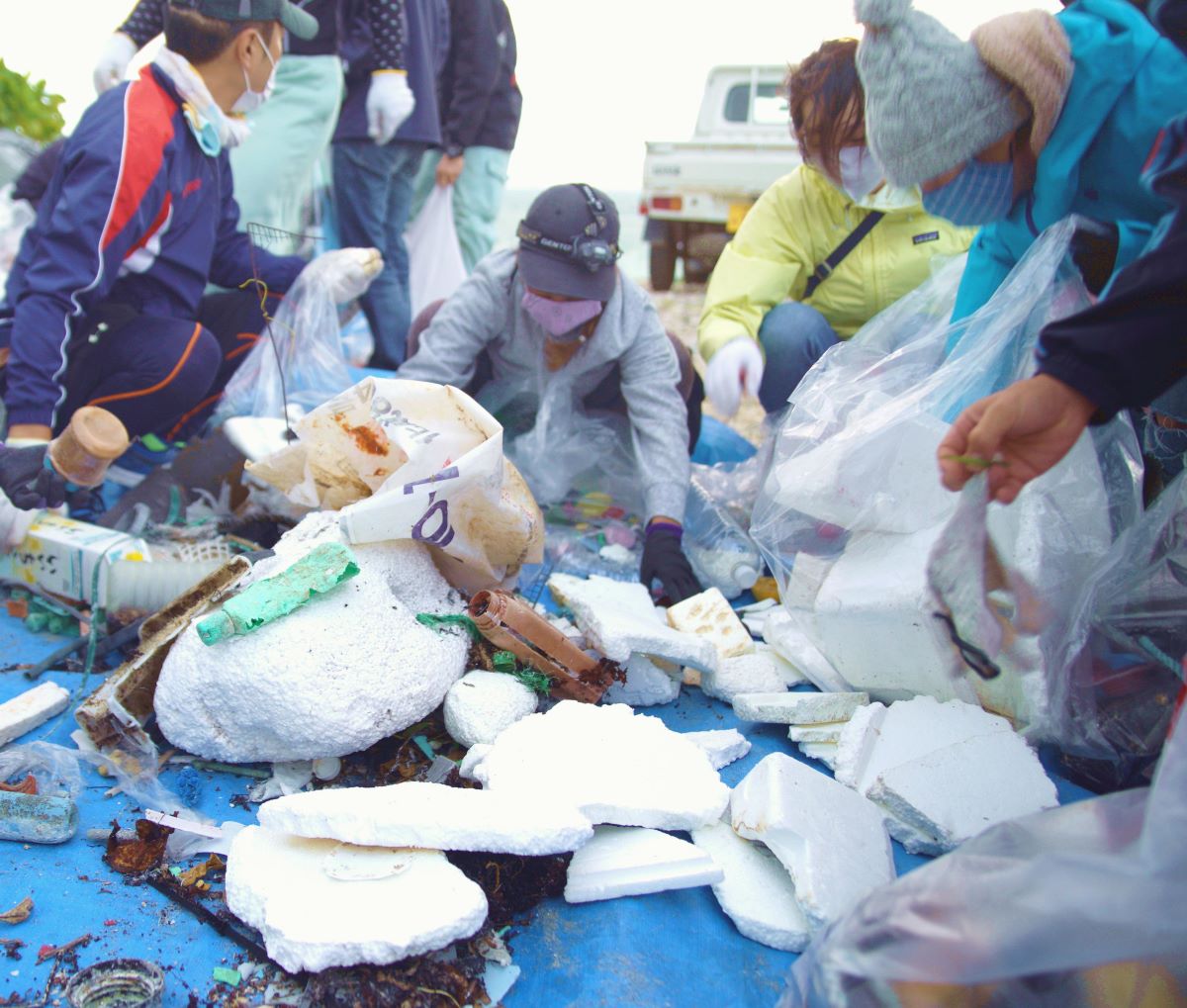
このページを 日本語 で読む
An analysis by a group led by Professor Hideshige Takada of Tokyo University of Agriculture and Technology revealed nanoplastics to be present in blood samples collected from multiple individuals in Japan. Nanoplastics are microscopic plastic particles measuring less than one micrometer in diameter.
A closer examination of one individual also revealed toxic chemical substances such as ultraviolet (UV) absorbers and polychlorinated biphenyls (PCBs) to be present in the blood, kidneys, and liver.
First Time in Japan
While nanoplastics have been found in human blood in the Netherlands, this is the first time they have been discovered in human blood in Japan. Moreover, this research marks the first report in the world of toxic chemical substances being detected simultaneously. Results indicate that these substances are accumulating in the human body.
Nanoplastics are widely present in the environment. Compared to larger plastic particles, they are more easily absorbed into the body, thus potentially pose a greater risk to organisms. Advancements in analytical techniques in recent years have made it possible to detect them.
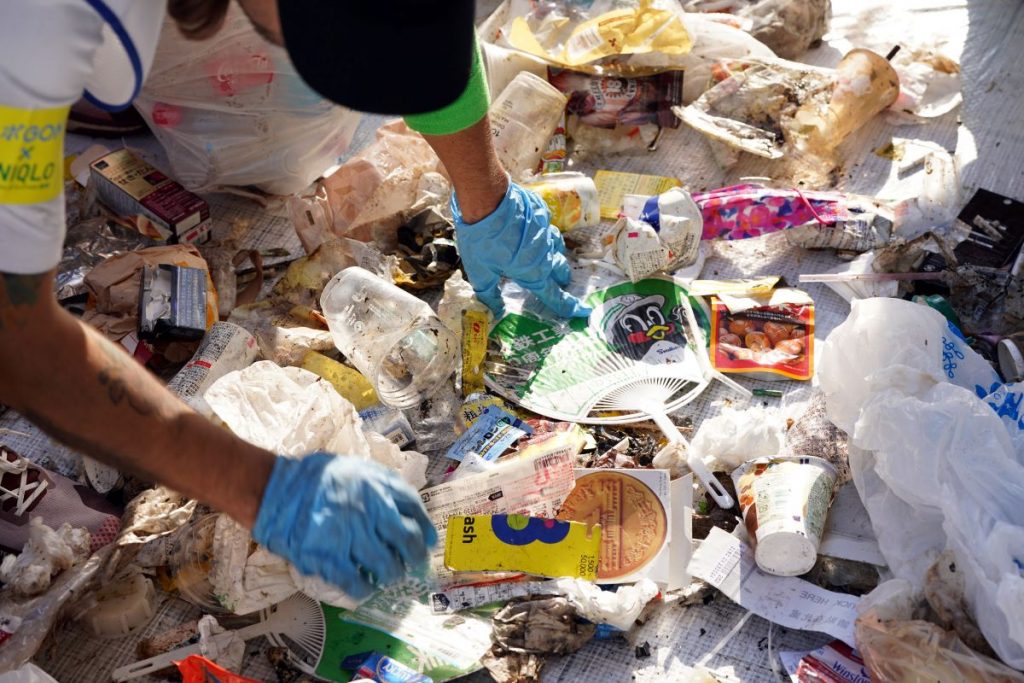
"Microscopic plastic particles are transporting harmful chemicals into the body," Professor Takada asserted. While the detected amounts are small and not likely to have any immediate effects, Takada calls for caution. "These chemical substances act as endocrine disruptors. If intake increases or they accumulate over the long term, they could potentially affect reproductive functions," he warns.
The research group analyzed blood and tissue samples from eleven individuals collected in 2023. Samples were provided by the Tsukuba Human Tissue Biobank of the University of Tsukuba following ethical guidelines.
Nanoplastics made of polystyrene, used as a material to make polystyrene foam, were detected in the blood of four individuals. Amounts ranged from 40 to 550 nanograms (one billionth of a gram) per gram of blood.
Simultaneously detected ultraviolet (UV) absorbers are among additives used to prevent plastic degradation. The PCBs detected likely originated from contaminants found in pigments used for coloring.
Nanoplastics
Plastic particles smaller than five millimeters in diameter, formed from the breakdown of plastic waste, are referred to as microplastics. Of these, nanoplastics are those measuring less than one micrometer (one-thousandth of a millimeter) in diameter. In recent years, advancements in technology have led to the detection of various types of nanoplastics in river water, seawater, and the bodies of living things. Compared to larger particles, nanoplastics can more readily enter the bloodstream through the respiratory and digestive systems. This has raised concerns about their impacts and the presence of harmful chemicals within them.
このページを 日本語 で読む







